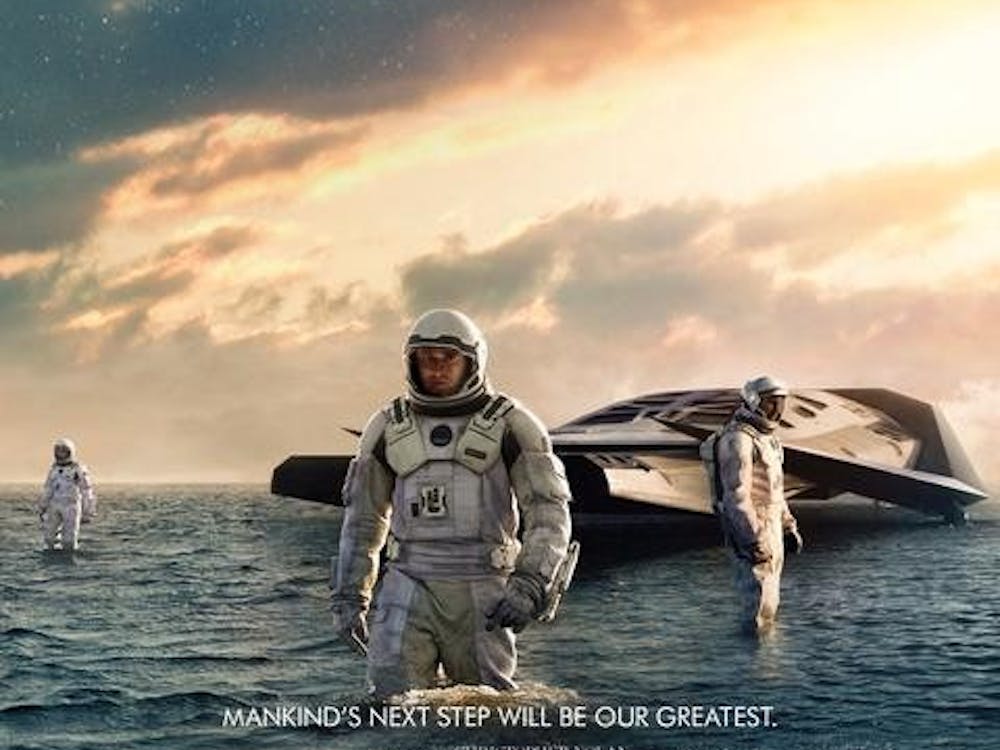Starring in and directing a plethora of successful films, such as Million Dollar Baby, Mystic River and Dirty Harry, Clint Eastwood has wowed audiences again with his latest hit, Flags of Our Fathers.
Combining big-name talent such as Ryan Phillippe, Jesse Bradford and Adam Beach and smaller, influential actors such as Barry Pepper (Saving Private Ryan), Paul Walker (Into the Blue) and Neal McDonough (The Guardian), Eastwood paints a picture of a war-torn America weary of a seemingly never-ending battle in the Pacific. While Flags of Our Fathers is centered on the battle of Iwo Jima, the main focus of this seemingly typical war movie is actually the publicity tour endured by the three surviving flag raisers of the famous Mount Suribachi photograph.
Used by the government as propaganda to prop up a country of failing morale, the war's survivors, "Doc" Bradley (Phillippe), Rene Gagnon (Bradford) and Ira Hayes (Beach), were carted around America, praised and recognized as heroes to help the government sell war bonds. What these men go through will touch and shock audiences, along with raising awareness of just how far a desperate government would go to create an attitude of hope for a nation of failing faith -- a subject that is strangely relevant to current outlooks.
Flashing back and forth from war scenes to the men's public relations tour to survivors' interviews with Bradley's son, the film's only weakness was the confusion sometimes accompanied with these random flashbacks. For example, the film starts with scenes from the military camp, then zips over to Bradley, Gagnon and Hayes rushing up a papier mâché mountain and raising a flag in front of a stadium of cheering Americans. The result is a movie that demands your full attention in order to follow whose flashback is whose.
Eastwood also delves deep into the psyche behind the war, creating an image of battle that rivals Saving Private Ryan. While using similar visual effects -- such as making fighting scenes gray-green to emphasizing the crimson blood -- Flags shows a different kind of war: one where the enemy hides in hidden trenches, swarms of troops are massacred while running up an unsheltered mountain and Japanese soldiers use suicide bombs rather than face the prospect of surrender.
The film's greatest message is in the psychological shake-up of the three "heroes." Left no other option but to stand in front of hopeful Americans and ask for their money in order to honor the lives of their fallen friends, these men are left damaged in some way. Hayes, an Indian who faces a racist country, battles his recurring nightmares with alcohol; Bradley never tells his family of his "heroism" until his death; Gagnon, along with his girlfriend, eats up the spotlight and is forgotten after his 15 minutes of fame.
The hardest part to swallow is the heartbreaking, yet realistic fact that these men, who suffered so much during the war, had to bear the much greater burden of being praised as heroes, when in fact, the photograph of the flag-raising captured the second flag raising that occurred that day. A façade to the country, these three men were emotionally scarred for the rest of their lives, living a lie to the country and themselves. Eastwood captures this emotion and depicts a time, much like our own, where the heroes are emotionally needed by the public and reality is often a deceitful ploy. Look for a sequel from Eastwood in February 2007, Letters from Iwo Jima, presenting the same battle from the Japanese viewpoint -- another sure Eastwood hit.






